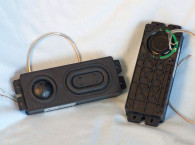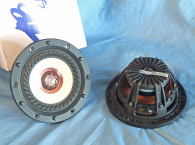Since Voice Coil’s Test Bench is about transducer analysis, I normally don’t accept turnkey systems or complete multi-way speakers. However, I have previously featured two of Tang Band’s passive radiator (PR) modules, the T1-1942S (March 2013) and the T1-1931S (May 2013). This month’s offering from Tang Band, the T1-1942SB, is pretty much the same type of PR module, but with the addition of its own Bluetooth amplifier (see Photo 1).



As you can expect, the T1-1942SB is similar to the T1-1942S previously featured. The primary difference is that the T1-1942S used a forward-firing rack track-shaped passive radiator in a rectangular enclosure, while the T1-1942SB uses a rear-firing round PR in a cylindrical enclosure (see Photo 2).
Features for the T1-1942SB include a 38-mm diameter dome and surround, a 28-mm voice coil diameter, a polypropylene composite dome with an articulated elastomer covering, a composite polypropylene enclosure, and a 38-mm diameter passive radiator and surround with a 28-mm flat cone. A complete stereo system, which can be configured in various enclosure shapes, is shown in Photo 3 using an Apple iPhone as a source.
I began analysis of the T1-1942SB by measuring the system impedance with the LinearX LMS analyzer using a 200-point sine wave sweep from 10 Hz to 40 kHz. The results are shown in Figure 1. Since this is a system response, the data can’t be used for parameters, but the PR tuning frequency occurs at 80.4 Hz.
Next, I mounted the T1-1942SB in free air without an additional baffle and measured the on- and off-axis SPL from 300 Hz to 40 kHz with a 100-point gated sine wave sweep. Figure 2 gives the T1-1942SB’s on-axis frequency response. Figure 3 depicts both the on- and the off-axis response. Since we are experiencing rather nice weather in the Pacific Northwest where my office is located, and because the T1-1942SB is a self-contained system, I did a full-range outdoor measurement (see Figure 4). F3 for the system is about 200 Hz. For the last SPL measurement, I compared the frequency response of both samples, which indicates a reasonably close match (see Figure 5).
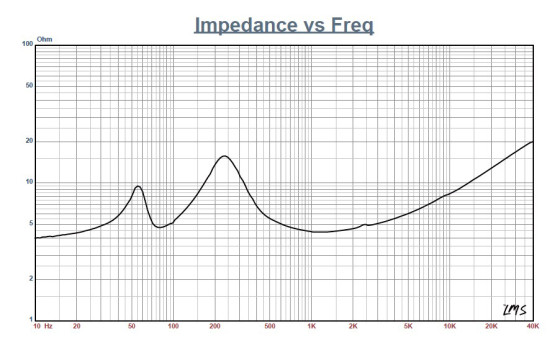
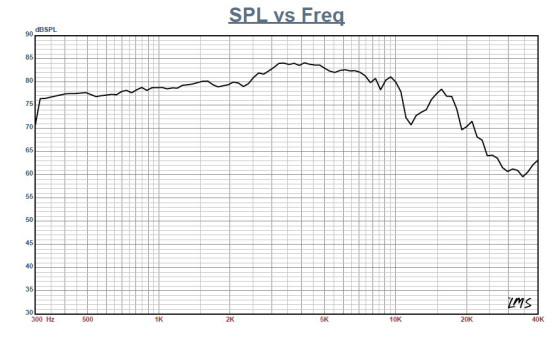

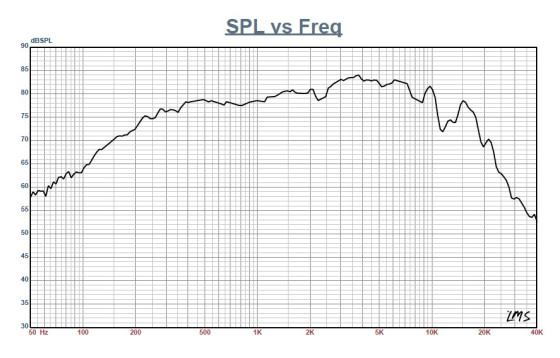
I used the Listen SoundCheck analyzer for the final group of measurements. For the distortion measurement, I rigidly mounted the T1-1942SB driver in free air and set the SPL to 89 dB (7.5 V) at 1 m using a noise stimulus. Then, I measured the distortion with the Listen microphone placed 10 cm from the dust cap. This produced the distortion curves shown in Figure 6.
Next, I used SoundCheck to get a 2.83 V/1 m impulse response for the T1-1942SB driver and imported the data into Listen’s SoundMap Time/Frequency software. The resulting CSD waterfall plot for the full-range device is shown in Figure 7. the Wigner-Ville (for its better low-frequency performance) plot is displayed in Figure 8.
If you were to repackage the T1-1942SB into some lifestyle cosmetic statement and put a rechargeable battery on the amplifier, this has the potential for a nice Bluetooth mini-system. For more information, visit www.tb-speaker.com.

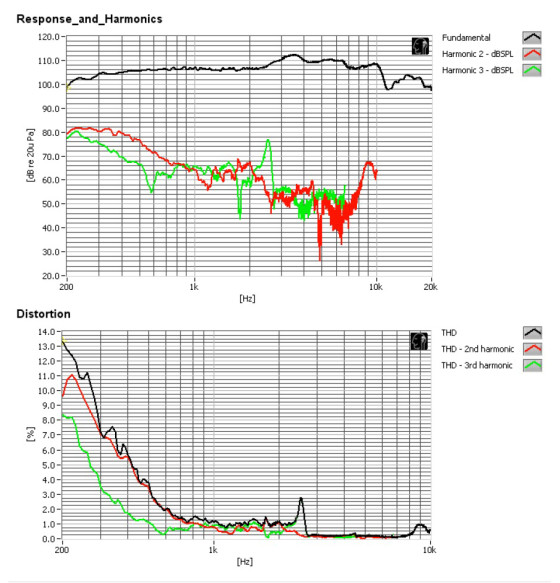


This article was originally published in Voice Coil, May 2015




